Figure shows (x,t) (y,t) diagram of a particle moving in 2-dimensions.
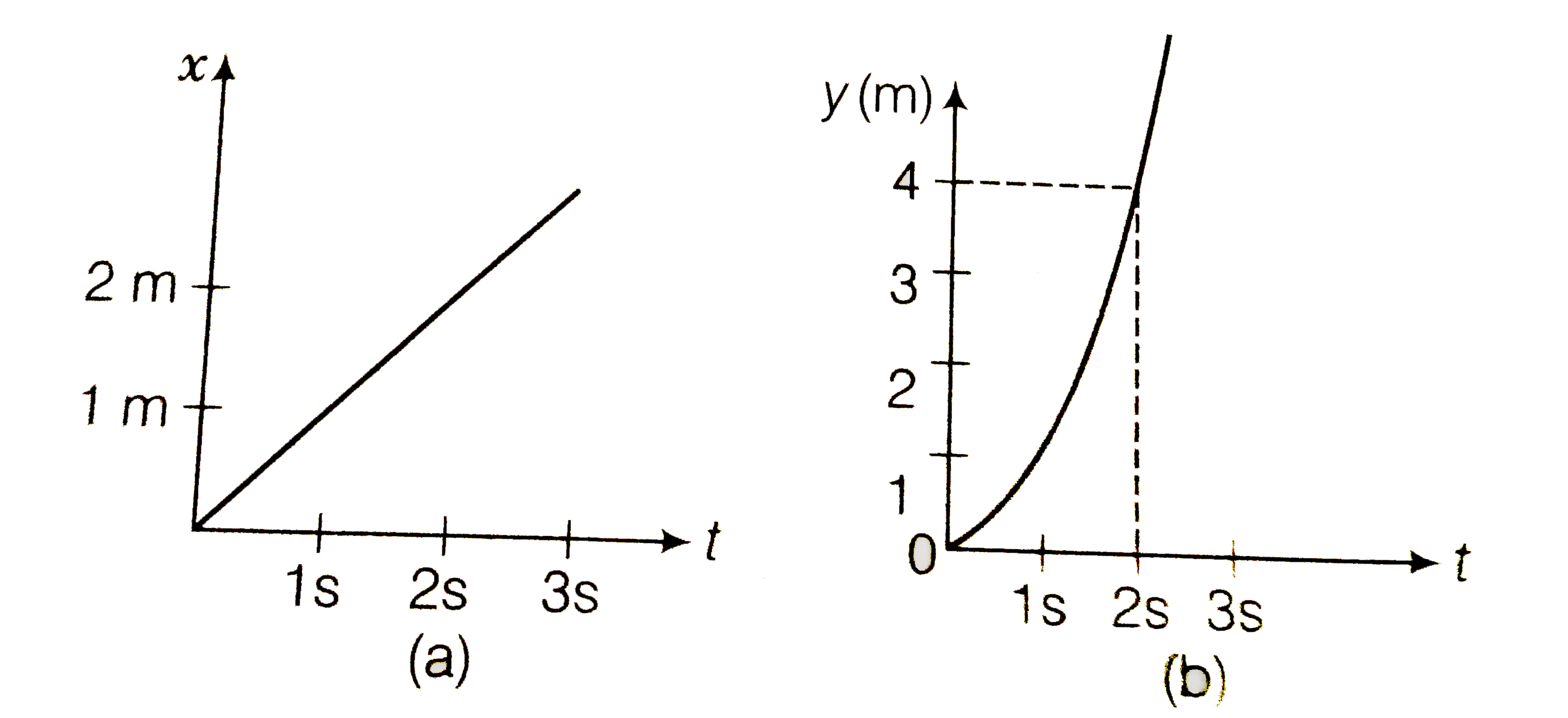
If the particle has a mass of 500 g , find the force (direction and magnitude) acting on the particle .
Clearly from diagram (a) , the variation can be related as
x = t m/s
From diagram (b)
or
Hence ,
Hence , net force , (along y-axis)
Topper's Solved these Questions
- LAWS OF MOTIONBook:NCERT EXEMPLARChapter:LAWS OF MOTIONExercise:Long answer Type Questions
Explore 9 Videos
- LAWS OF MOTIONBook:NCERT EXEMPLARChapter:LAWS OF MOTIONExercise:Very short answer type Questions
Explore 12 Videos
- KINETIC THEORYBook:NCERT EXEMPLARChapter:KINETIC THEORYExercise:Multiple Choice Questions (MCQs)
Explore 31 Videos
- MECHANICAL PROPERTIES OF FLUIDSBook:NCERT EXEMPLARChapter:MECHANICAL PROPERTIES OF FLUIDSExercise:Long Answer Type Questions
Explore 3 Videos
Similar Questions
Figure shows (x,t) (y,t) diagram of a particle moving in 2-dimensions.

If the particle has a mass of 500 g , find the force (direction and magnitude) acting on the particle .
View Solution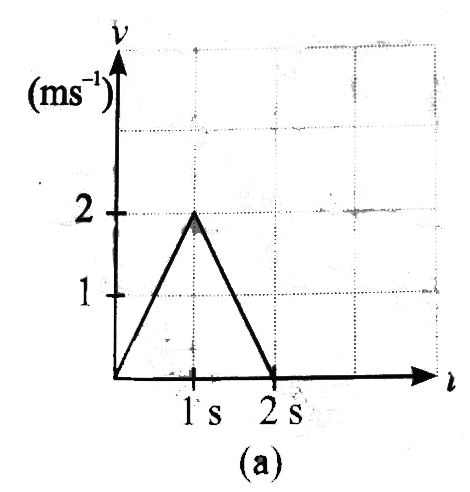
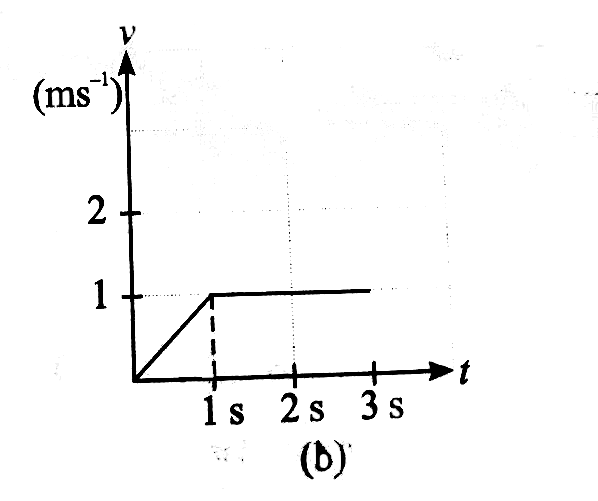
Figure shows (vx,t) and (vy,t) diagram for a body of unit mass. Find the force as a function of time.
View Solution
Knowledge Check
If a particle moves 5m in +x- direction. Show the displacement of the particle-
A5ˆjB5ˆiC−5ˆjD5ˆkThe velocity-time graph of a particle moving in a straight line is shown in figure. The mass of the particle is 2kg. Work done by all the forces acting on the particle in time interval between t=0 to t=10s is
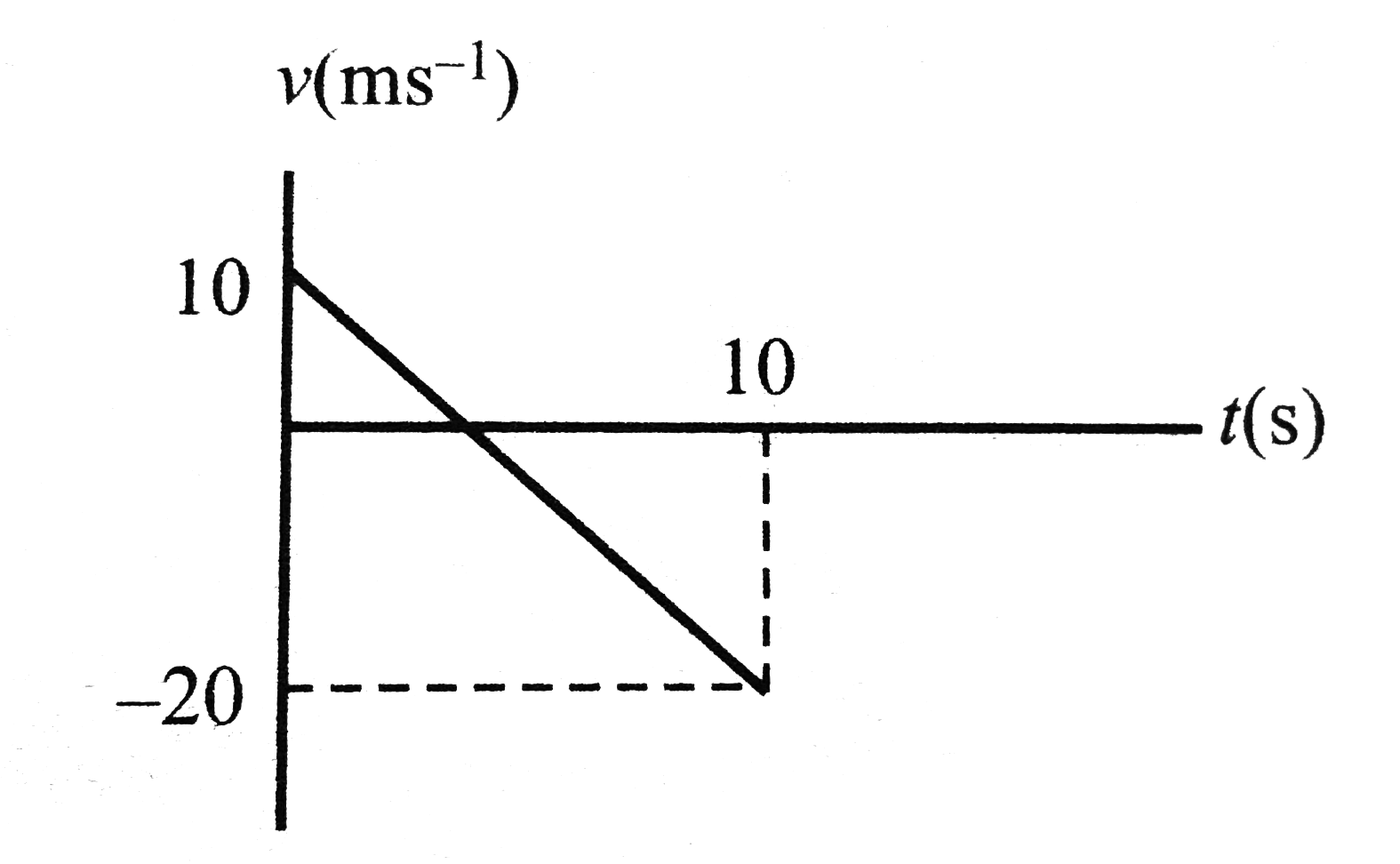 A(a) 300JB(b) −300JC(c) 400JD(d) −400J
A(a) 300JB(b) −300JC(c) 400JD(d) −400JThe motion of a particle of mass (m) is described by y=ut+12gt2 . Find the force acting on the particle
A2 mg,BmgCmg2,D4mg
In the given figure, find the force acting on a particle of mass 1 kg.
View SolutionFigure 3.E2 shows the velocity -time graph for a particle moving in a fixed direction. Find the acceleration of the particle.
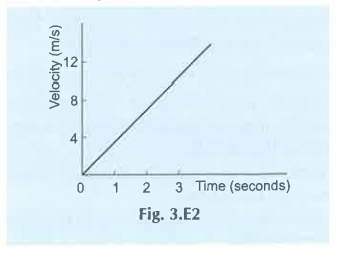
View SolutionThe motion of a particle of mass m is described by y=ut+12gt2 . Find the force acting on the particale .
View SolutionFigure shows the displacement of a particle going along the X-axis as a function of time. The force acting on the particle is zero in the region

View SolutionKinetic energy of a particle moving in a straight line is proportional to the time t. The magnitude of the force acting on the particle is :
View Solution

